An in-situ ground-penetrating radar survey of Martian subsurface structure has revealed that a basin on the red planet has a dry and multi-layered shallow subsurface.
The results published on Monday in the journal Nature are based on a ground-penetrating radar survey of the subsurface structure in a southern marginal area of the Utopia Basin conducted by China's Mars rover Zhurong of the Tianwen-1 mission.
The basin where Zhurong landed is believed to have hosted an ancient ocean. But no ground-based detection results had been reported since that provided by NASA's Viking-2 mission 45 years ago.
A research group from the Chinese Academy of Sciences constructed a detailed, high-resolution subsurface image profile, using Zhurong data collected along its roughly 1,171 meter traverse in 113 Martian days, scanning down to some 80 meters below the Martian surface.
The researchers found no direct evidence for the existence of liquid water within the radar detection depth range.
Also, a thermal simulation suggested that the Martian soil 100 meters deep could not stably contain liquid water, nor sulfate or carbonate brines, although the presence of saline ice cannot be ruled out, according to the study.
The study has shown that the shallow subsurface at Zhurong's landing place is multi-layered. The first layer, no thicker than 10 meters, is interpreted as the Martian regolith.
The second layer, extending from 10 to 30 meters, is shown to contain rocky blocks, presumably having taken shape in approximately the past 1.6 billion years, and their clast sizes increase with depth.
The third layer, within the depth range of 30 to 80 meters, is composed of larger rocky blocks, representing an older, probably more substantial geological event happening as early as 3.5 to 3.2 billion years ago, according to the study.
The study offers significant clues to a closer understanding of the geological evolution, and the environmental and climate changes on Mars.














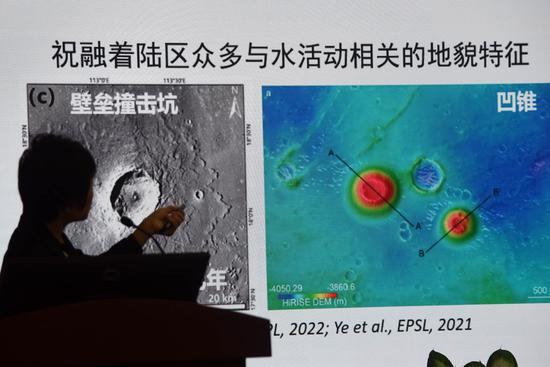
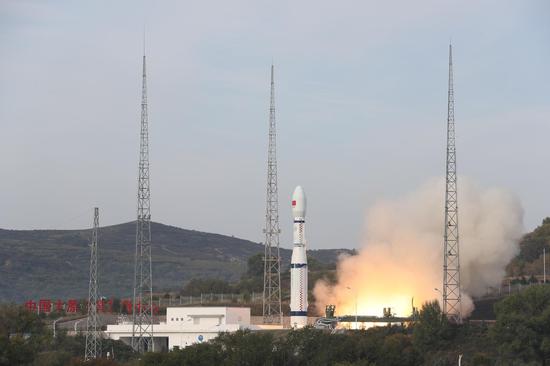







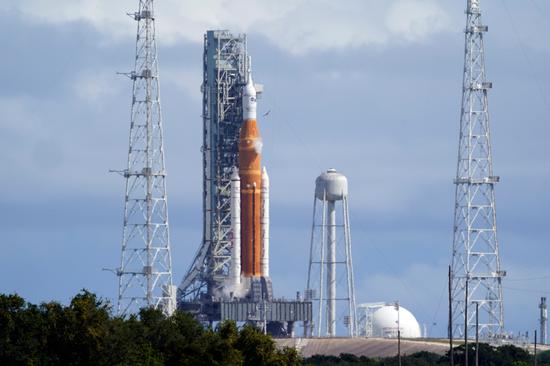
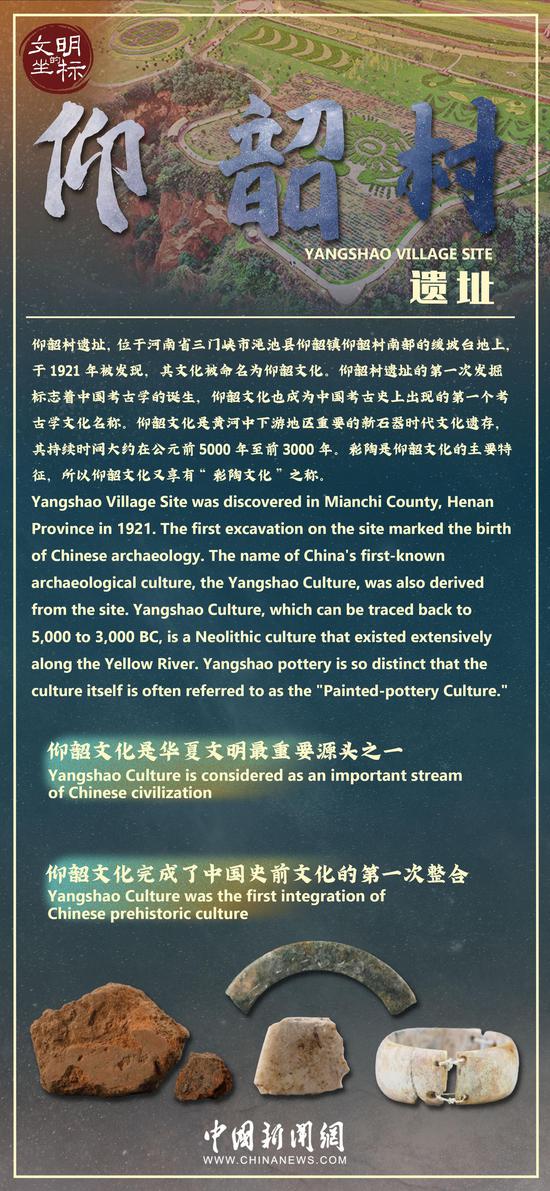
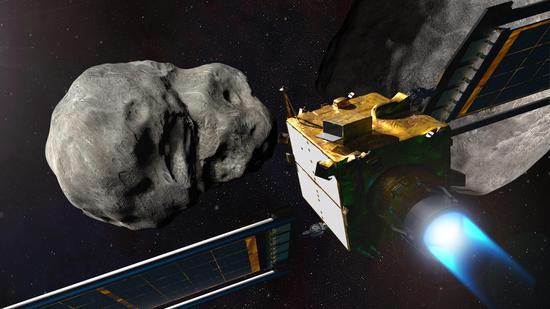








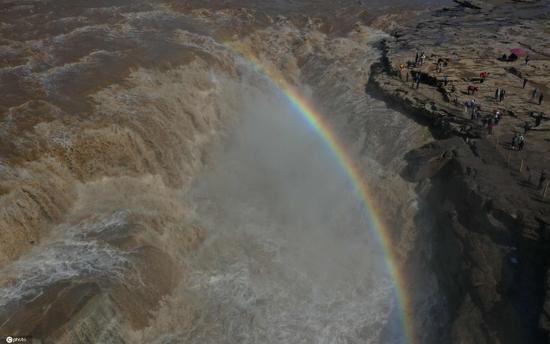









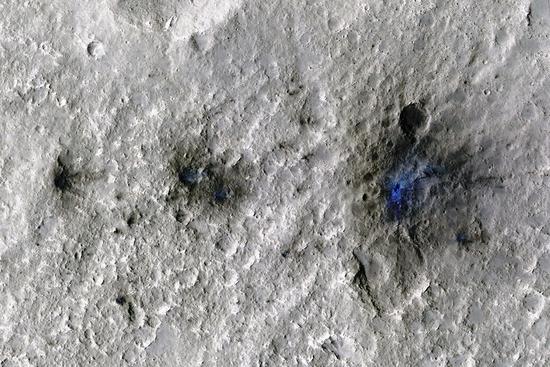

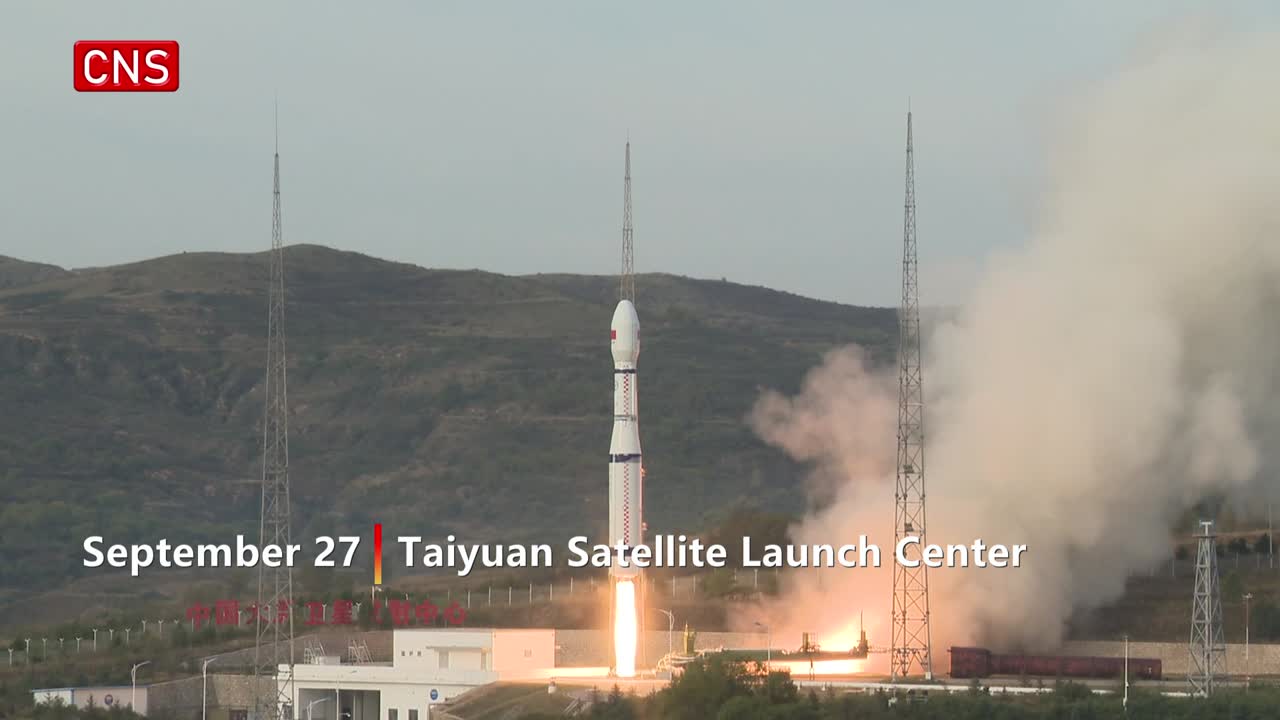



 京公网安备 11010202009201号
京公网安备 11010202009201号